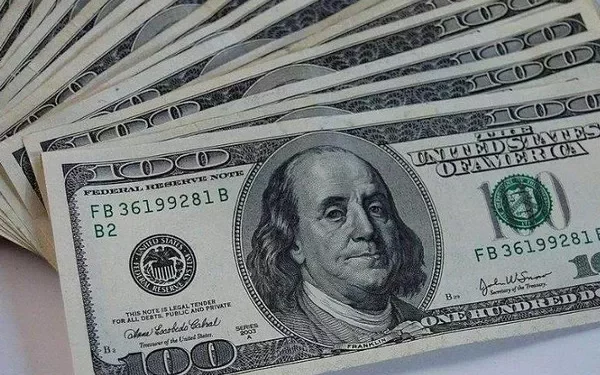The USD/CHF pair is trading around 0.8980 during the early European session on Friday, with the US Dollar (USD) benefiting from a hawkish rate cut by the Federal Reserve (Fed) and stronger-than-expected US economic data. These factors have helped bolster the Greenback against the Swiss Franc (CHF).
US Federal Reserve’s Hawkish Rate Cut
The Federal Reserve reduced its interest rate by 25 basis points (bps) as anticipated. However, the central bank also took a more hawkish stance on its future easing cycle. The Fed’s dot plot indicated that it expects only two quarter-percent rate cuts in 2025, down from the four cuts previously projected in September. This suggests that the central bank is likely to slow the pace of rate cuts next year, which has supported the USD and contributed to its recent strength.
Strong US Economic Data Boosts USD
Further supporting the USD, the Bureau of Economic Analysis reported that the US GDP grew at an annualized rate of 3.1% in the third quarter, higher than the previous estimate of 2.8%. This robust economic performance has added to the positive outlook for the USD. Additionally, US weekly Initial Jobless Claims fell to 220,000 for the week ending December 14, down from 242,000 the previous week and below the expected 230,000, indicating a healthy labor market.
Swiss National Bank’s (SNB) Rate Cut Expectations
On the Swiss side, the Swiss National Bank (SNB) recently cut its key interest rate by 50 bps and is expected to implement another 25 bps reduction by March 2025. This rate-cutting cycle by the SNB has weighed on the CHF, as lower interest rates generally diminish the appeal of a currency. The SNB’s softened forward guidance has led to market expectations that further rate cuts may be in the cards, further contributing to the downward pressure on the CHF.
Geopolitical Tensions and Safe-Haven Flows
While the USD has strengthened, the CHF, traditionally considered a safe-haven currency, could see some support from ongoing geopolitical tensions, particularly in the Middle East and Ukraine. Israel’s military strikes on Houthi targets in Yemen, in retaliation for Houthi missile and drone attacks on Israel, have heightened geopolitical risks. These events could lead to increased demand for safe-haven assets like the CHF, though the Swiss currency is facing pressure from the SNB’s dovish stance.
Focus on US PCE Data
Looking ahead, attention will shift to the release of the US Personal Consumption Expenditures (PCE) Price Index for November, which is the Fed’s preferred inflation gauge. The PCE data will provide fresh insights into inflationary pressures in the US and could influence expectations regarding future Fed rate cuts.
Technical Outlook for USD/CHF
From a technical perspective, USD/CHF remains on a positive footing as it holds above the 0.8980 level. A sustained break above this level could pave the way for further gains, with the next resistance likely around 0.9000, followed by 0.9050. On the downside, support is seen near the 0.8900 mark.
Related Topics:


























